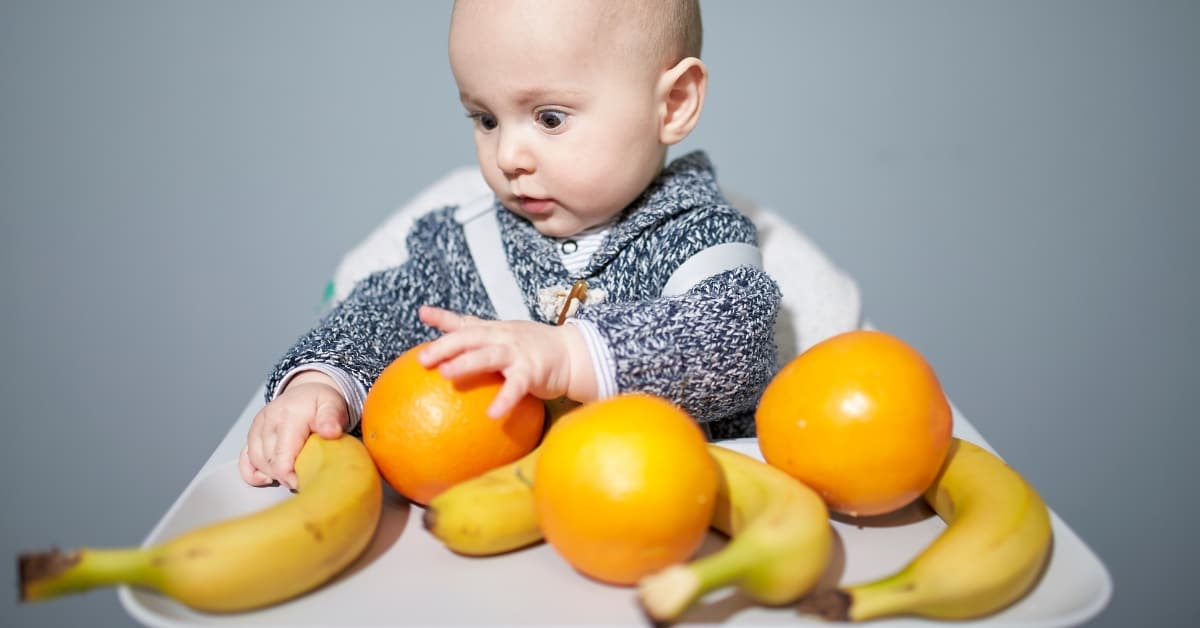Is Baby-Led Weaning Right For Everyone?
As a mother, feeding your little one is among your top priorities. You’ll agree with me that the way your child feeds can profoundly affect their health and general well-being. With the abundance of information available concerning baby feeding, it’s natural to feel overwhelmed. The concept of baby-led weaning has been around for a while, and perhaps you’ve considered this as one of the options for feeding your little one. If you’re wondering whether it’s the right option, we’ve got your back!
In this blog post, we’ll take a look at baby-led weaning and its pros and cons.
I. What Is Baby-Led Weaning?
Baby-led weaning involves introducing your little one to solid foods and letting them take charge of what and how much they eat. This means that instead of spoon-feeding your infant pureed food, you let them explore foods of different textures and flavors on their own.
In this approach, you’re encouraged to let your child self-feed to develop fine motor skills, good eating habits and even encourage independent thinking and decision-making.
II. Pros Of Baby-Led Weaning
- Development of Key Motor Skills: Baby-led weaning allows your child to develop key motor skills such as hand-eye coordination and chewing, which are essential for their growth and development.
- Less Worry About Overfeeding: With baby-led weaning, your little one can regulate their food intake, eat at their own pace, and stop when they are full, reducing the chances of overfeeding.
- Exposure to a Wide Range of Textures and Flavors: This approach allows your child to be exposed to different textures and flavors, promoting their willingness to try new foods and reducing the possibility of picky eating behaviors later on in life.
III. Cons Of Baby-Led Weaning
- Risk of Choking: With self-feeding, there’s a possibility of choking if your child isn’t ready or hasn’t developed sufficient motor skills. It’s crucial to keep an eye on your child during feeding to ensure their safety and prevent any choking hazards.
- Messy Eating: Self-feeding can be messy, allowing your little one to touch food and throw it around, causing meal times to be less tidy.
- Lack of Control: As a parent, you may feel like you’re losing control over what your child eats or doesn’t eat. Your child may accept or reject certain foods, leading to worries about malnutrition and growth stunting.
The Bottom Line:
Baby-led weaning may not be for everyone. However, that doesn’t mean it’s not a viable option to consider. You can utilize this approach in combination with other feeding methods, existing consultations by a pediatrician, and careful supervision when self-feeding.
Remember, ultimately the decision to choose which feeding method is entirely yours as a parent, and you have to be comfortable with whichever option you choose for your little one.

